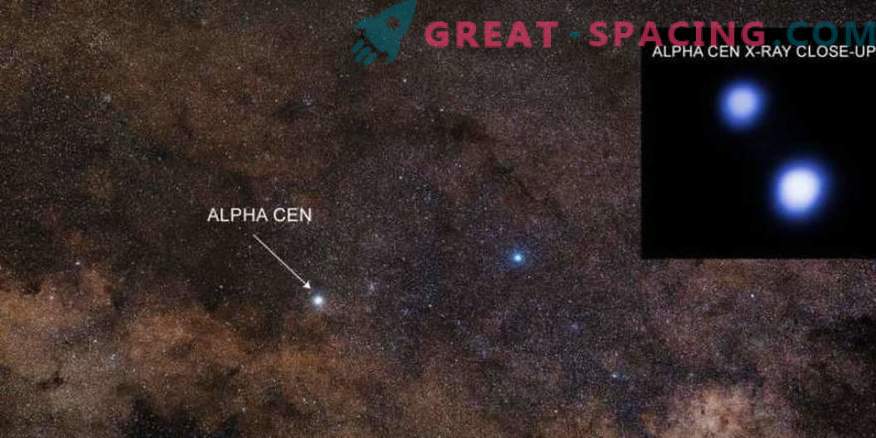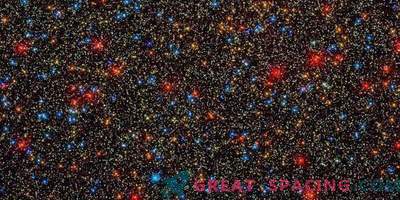
In the search for life outside our system, Alpha Centauri is one of the most promising places. In this system, there are three nearby stars. The new study (which lasted more than 10 years) is based on a review by NASA Chandra X-ray Observatory and provides encouraging news about one of the key aspects of planetary habitability. Everything suggests that any planets revolving around the two brightest stars in the system will not receive an excessive amount of X-rays.
Alpha Centauri - a three-star system, living at a distance of 4 light years from us. This is the closest system, so it is considered the most successful candidate for the search for life. The stars are highlighted in a pair of A and B. Alpha Centauri A is almost the twin of our Sun, but B is a bit smaller and dimmer. Alpha Centauri S (Proxima) is a smaller dwarf star traveling around a pair of ABs in a much larger orbit. The analysis showed that the prospects for life are much better in star A than in B. Proxima Centauri is a type of red dwarf, which often release dangerous flashes of x-rays. That is, it can be life threatening. And this is bad, because near the star they found a planet of terrestrial size, while astronomers unsuccessfully search for exoplanets around A and B.
To understand the level of hospitality of Alfa Centauri stars, scientists had to carry out a long campaign in which Chandra followed two main stars every 6 months since 2005. As a result, it was possible to record the full ups and downs of X-ray AB activity, resembling an 11-year sunspot cycle. The findings indicate that any planets in the habitable zone of star A will receive a smaller dose of X-rays than similar planets near the Sun. For B, the radiation dose is 5 times higher.











































